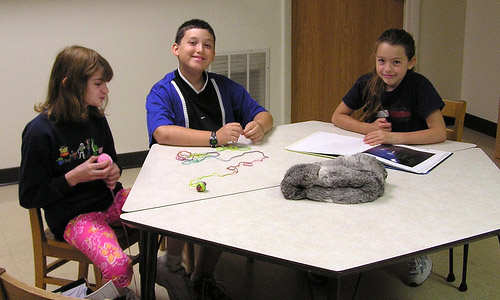5 Ways To Help Your Child Deal With Peer Pressure In School

“I want to go to Max’s party, mom.”
“No Tim. They’re not a good bunch of people. I’ve seen them doing things they shouldn’t be doing at school.”
“I don’t care. They’re the coolest group in class. And they’ve invited me. How can I not go?”
Does this sound like a familiar discussion? Casey, 37, mother of Tim, 11, couldn’t manage to stop him from attending the party. From the bottom of her heart, she knew that Tim wasn’t particularly interested in going, it was just that he would have been boo-booed by the class if he didn’t accept the invitation. Such are the menaces of peer pressure, don’t you agree? Don’t let another Casey-Tim situation happen at your home. Here’s how to help your child deal with peer pressure.
Problem #1: I’ve got to do it because it looks cool
Explain to your child: Looking cool does not always equal doing right
“Mom, I want go the sleepover at Karl’s.” Does your heart sink when you hear that? Probably because you know that the gang of friends may be smoking or consuming alcohol illegally. Explain to your child that cigarette smoking can trash your lungs. What’s the point of doing something that looks cool but takes your life away?
Problem #2: They want you to buy stuff just because their friends have it
Explain to your child: The value of money
Robin, 45, Chris’ father, sat Chris down one day. “I want to buy that soccer kit today”, Chris asked him. Robin explained to him that they couldn’t afford doing so and taught him the concept of saving for it. “Chris, do you want your father to go broke over buying your soccer kit? Why don’t you keep aside a few dollars from your pocket money every month?”
Problem #3: I have to do it even if I don’t like it
Explain to your child: How to say ‘No’ to friends
Don’t let your child light his/her first cigarette or take his/her first sip of alcohol because of peer pressure at school. “…because she/he did this, I couldn’t say no.” Remove this phrase out of your child’s dictionary. You should make it very clear to them that they have to protect themselves by learning how to say ‘No’.





